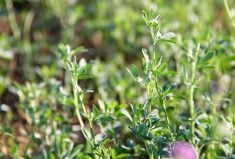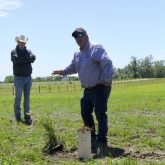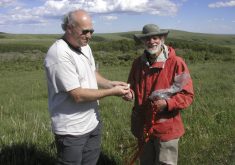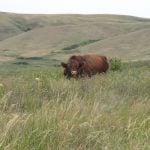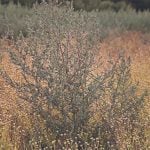A recent study is untangling the interactions between grazing pressure and climate on soil quality in different sites around the world.
Dr. Fernando Maestre Gil, a researcher at the University of Alicante in Spain, was the lead writer of an article published in 2022 in Science magazine called Grazing and Ecosystem Service Delivery in Global Drylands.
A large global survey was conducted across 25 countries on six continents and surveyed 326 dryland sites.
Read Also
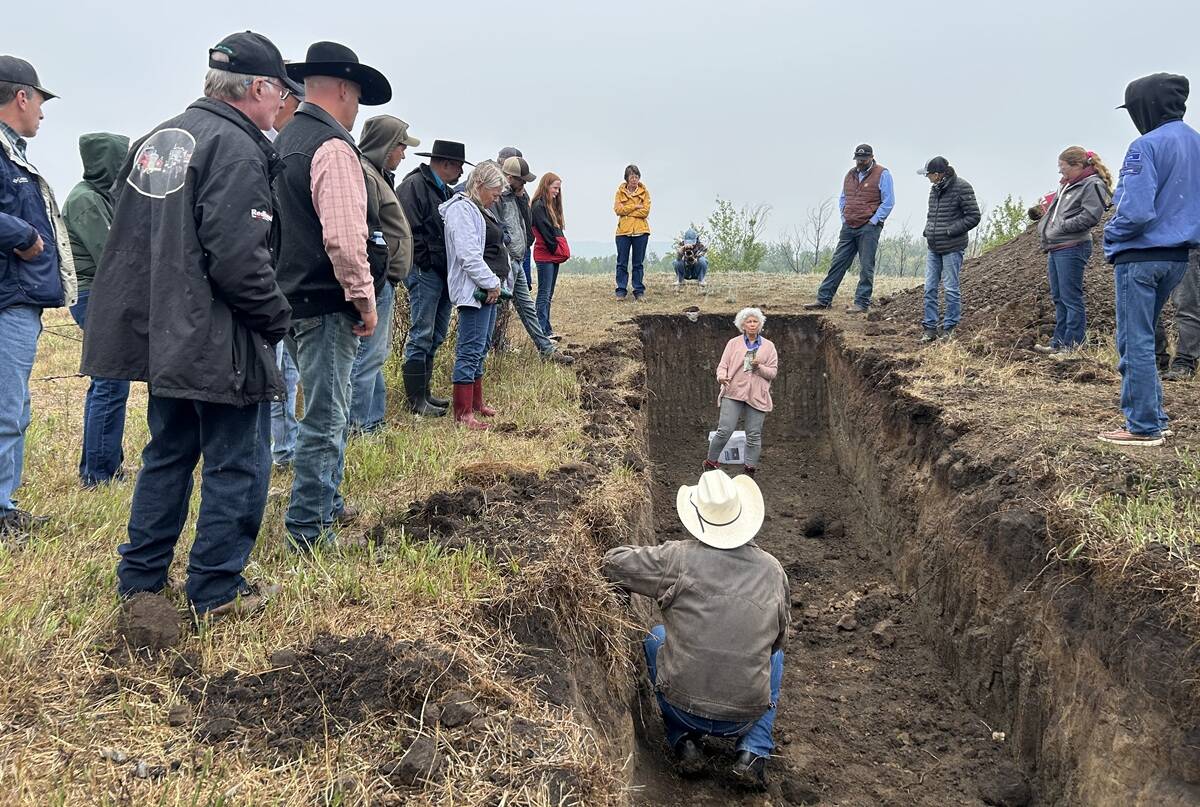
Improving soil health on the ranch
Yamily Zavala, PhD, talks soil health for farmers and ranchers at a grazing club field day at Paradise Hill, Saskatchewan.
In an email interview, Maestre Gil says there’s a lack of global research on grazing’s effects on dryland ecosystems, despite the importance of grazing. Researchers were motivated by the importance of maintaining these ecosystems, he says.
Maestre Gil explains that they worked with a team of collaborators across the globe and followed a standardized field protocol. According to the paper, fieldwork is carried out usingstandard tools, such as a soil corer and a hammer. This made it easy for many researchers from across the world to participate. It also minimized costs, allow researchers from underrepresented areas to join, such as Africa and Latin America.
Plots were 45 metres by 45 metres and were selected on a “grazing pressure gradient” — including ungrazed, low, medium and high grazing pressure. There was one Canadian site in B.C., and various others in North America.
Researchers determined that climate greatly affects the soil’s productivity.
“Interactions between grazing and climate were especially important; warmer sites had lower rates of carbon storage, organic matter deposition, and erosion control under high, but not low, grazing pressure,” Maestre Gil says.
The study found grazing had positive effects in colder climates and species-rich areas. For producers who live in colder climates, such as Canada, Maestre Gil says the study results can be used to bolster pasture productivity.
“Our results can be used to minimize the environmental impact of grazing and to maximize their benefits for ecosystems and people,” he says.
For example, increased plant diversity in grazing areas can yield multiple environmental benefits, he says. Introducing additional livestock species, without increasing grazing pressure, is also beneficial, he adds. But producers in warmer climates should be aware that their ecosystems are very fragile and increasing livestock pressure can degrade rangelands, he adds.






